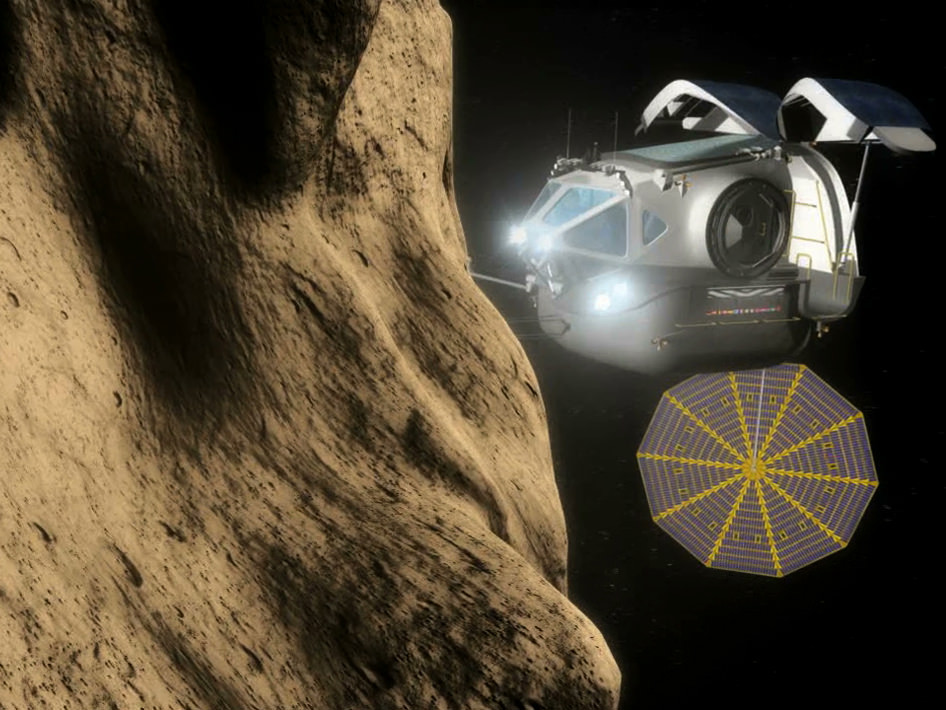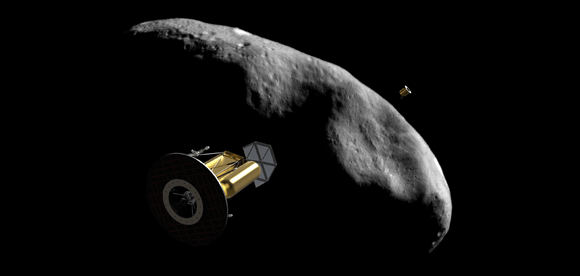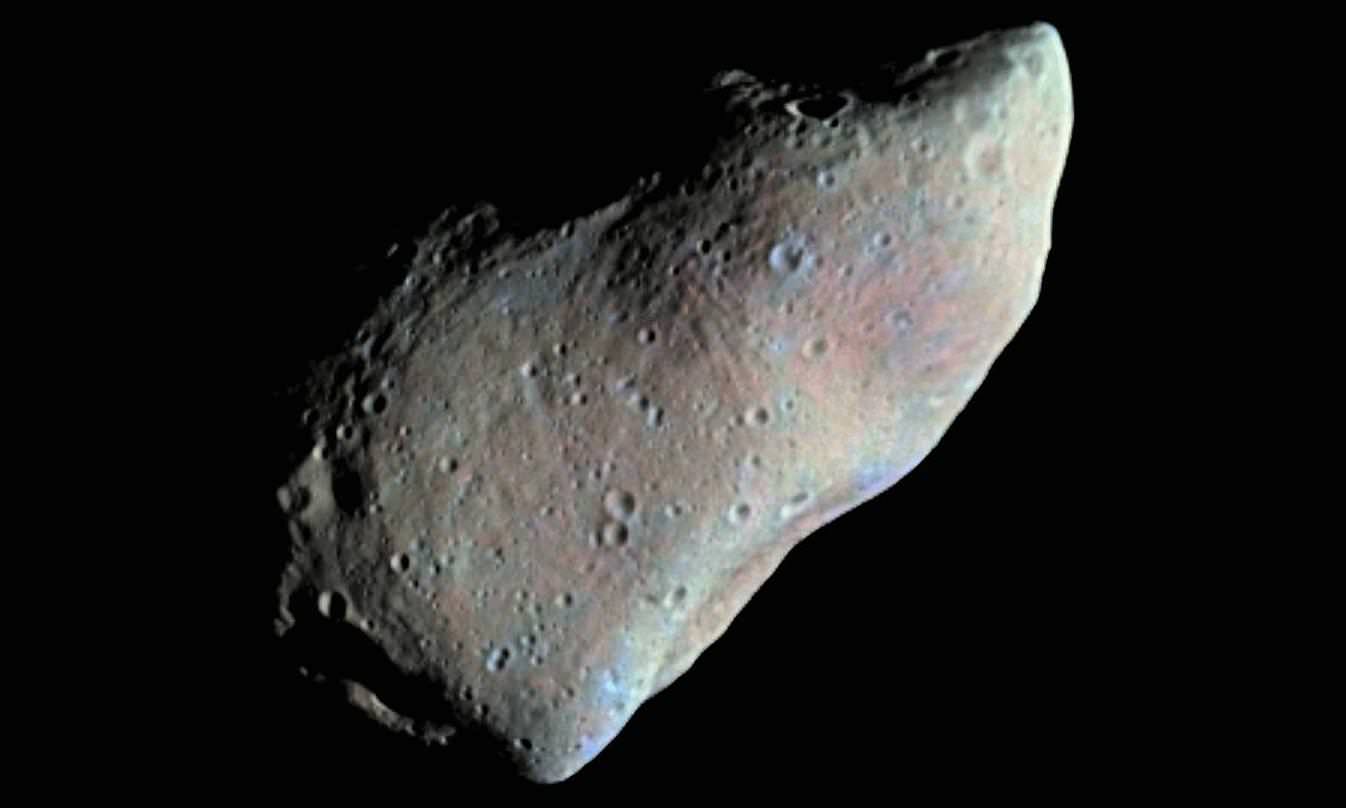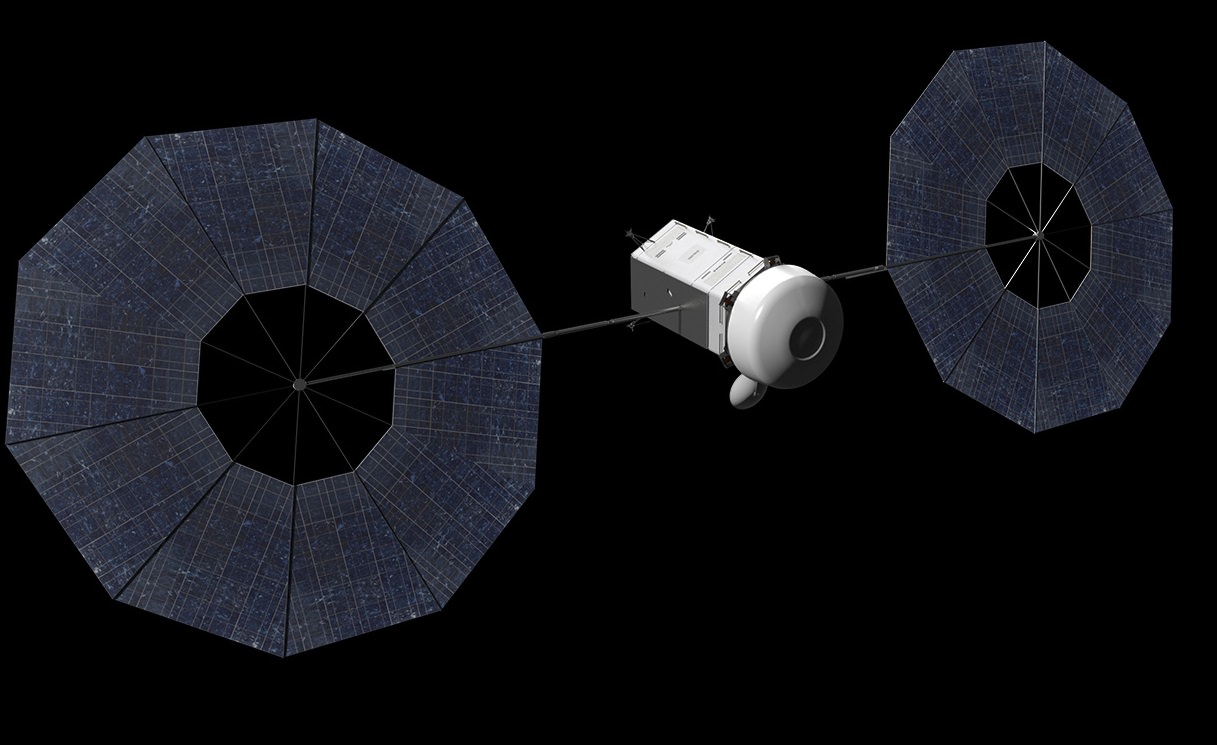In a few generations of robotics, we’ll see mighty machines able to fully construct themselves and operate from the surface of asteroids — providing applications for mining, NASA researchers say in a new study.
The scientists are convinced that this type of research is not only possible, but also able to support itself financially. (Costs overruns are a notorious factor in space exploration as it pushes frontiers both literally and engineering-wise.)
“Advances in robotics and additive manufacturing have become game-changing for the prospects of space industry. It has become feasible to bootstrap a self-sustaining, self-expanding industry at reasonably low cost,” the researchers stated in a new study.
A couple of factors are pointing to this, researchers said: private industry is willing and able to get involved. Advances in technologies such as 3-D printing are making off-world work more feasible. Also, humanity’s surveys of space resources has revealed the elements needed to make rubber, plastic and alloys needed for machinery.
NASA proposes a robotic flotilla could mine nearby space rocks. They caution the technology won’t be ready tomorrow, and more surveys will need to be done of nearby asteroids to figure out where to go next. There is, however, enough progress to see building blocks, the agency stated.

“Robots and machines would just make the metal and propellants for starters,” stated Phil Metzger, a senior research physicist at NASA’s Kennedy Space Center, who led the study.
“The first generation of robots makes the second generation of hardware, except the comparatively lightweight electronics and motors that have to be sent up from Earth. It doesn’t matter how much the large structures weigh because you didn’t have to launch it.”
A computer model in the study showed that in six generations of robotics, these machines will be able to construct themselves and operate without any need of materials from Earth.

At least two startups would agree with the optimism: Deep Space Industries and Planetary Resources.
In the past year, members of both firms have proposed asteroid mining ideas, and since then, Planetary Resources has also unveiled other projects such as a public space telescope (perhaps in a bid to diversify revenues and attract more attention.)
In early 2013, when NASA submitted its fiscal budget request for 2014, it also got in on the hubbub: the agency proposed robotically venturing out to an asteroid and bringing it back to Earth.
That’s received many questions from critics (including at least one government space committee), but NASA has argued it is feasible and a way to unite innovation across various sectors.
“Because asteroids are loaded with minerals that are rare on Earth, near-Earth asteroids and the asteroid belt could become the mining centers for remotely-operated excavators and processing machinery,” NASA stated.

“In the future, an industry could develop to send refined materials, rare metals and even free, clean energy to Earth from asteroids and other bodies.”
Check out more details of the new report in the Journal of Aerospace Engineering.
A side note, this isn’t the only NASA-funded group looking at asteroid mining. In September, NASA’s Innovative Advanced Concepts office offered Phase 1 funding to a Robotic Asteroid Prospector proposal.
Source: NASA

